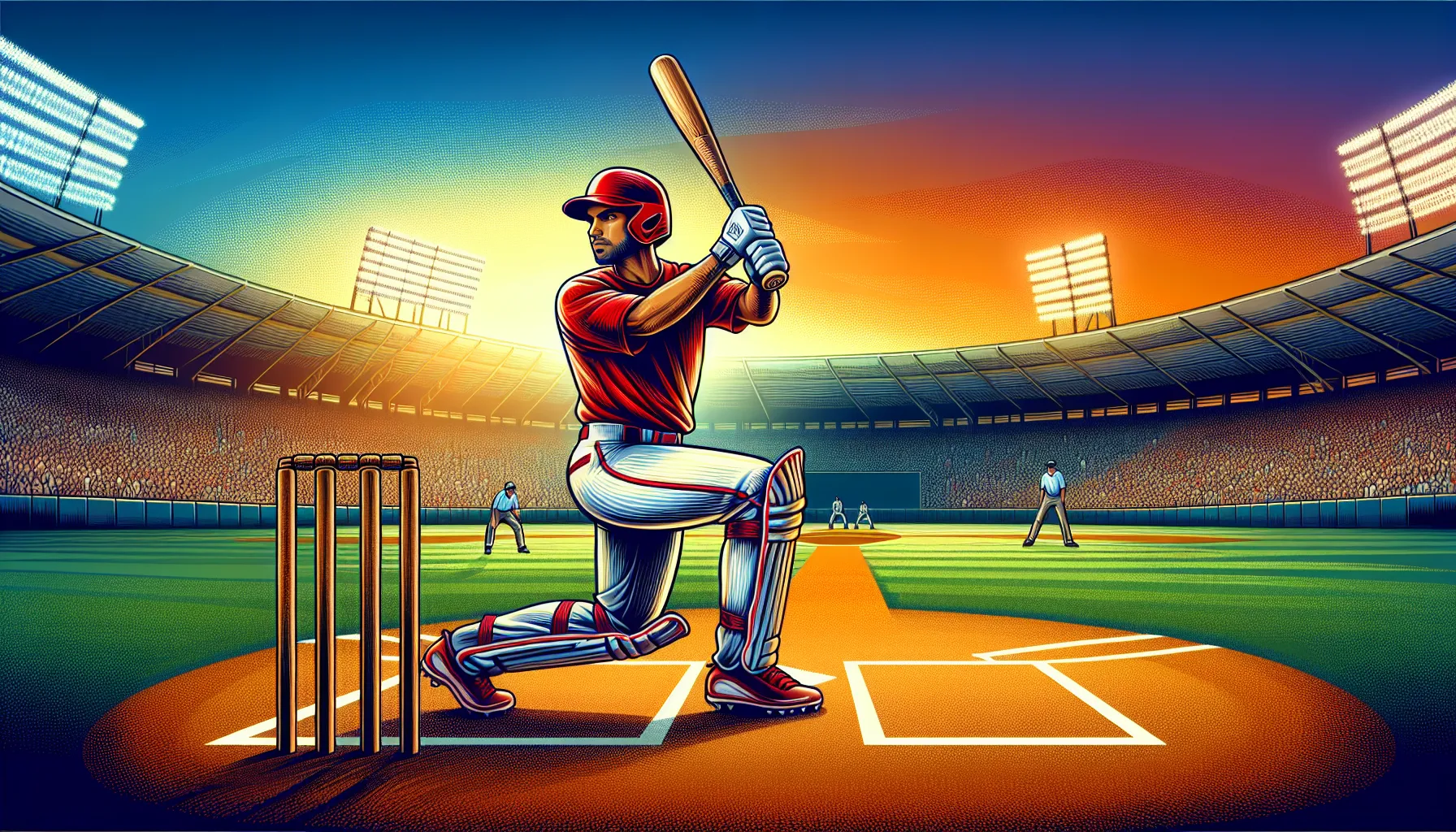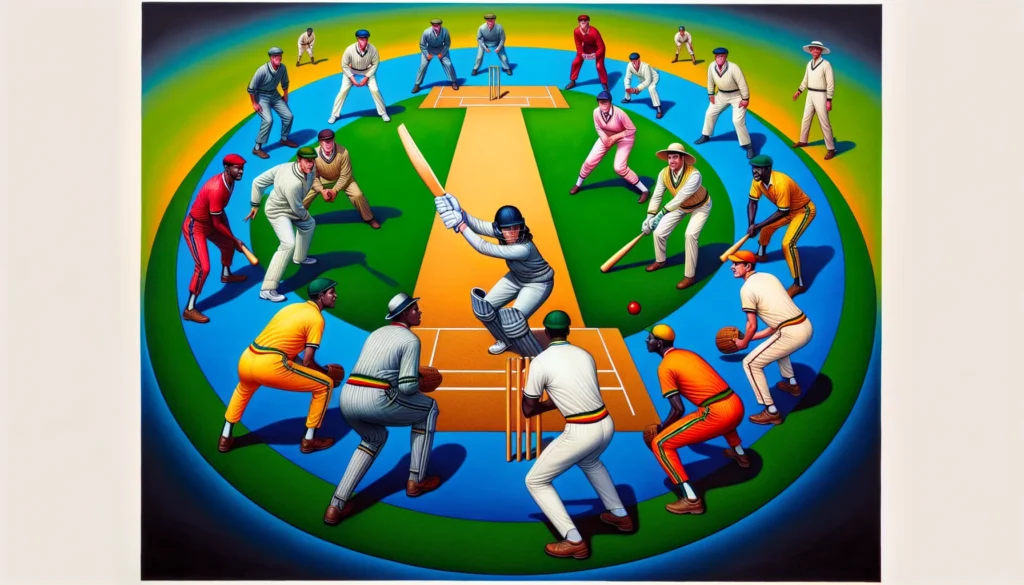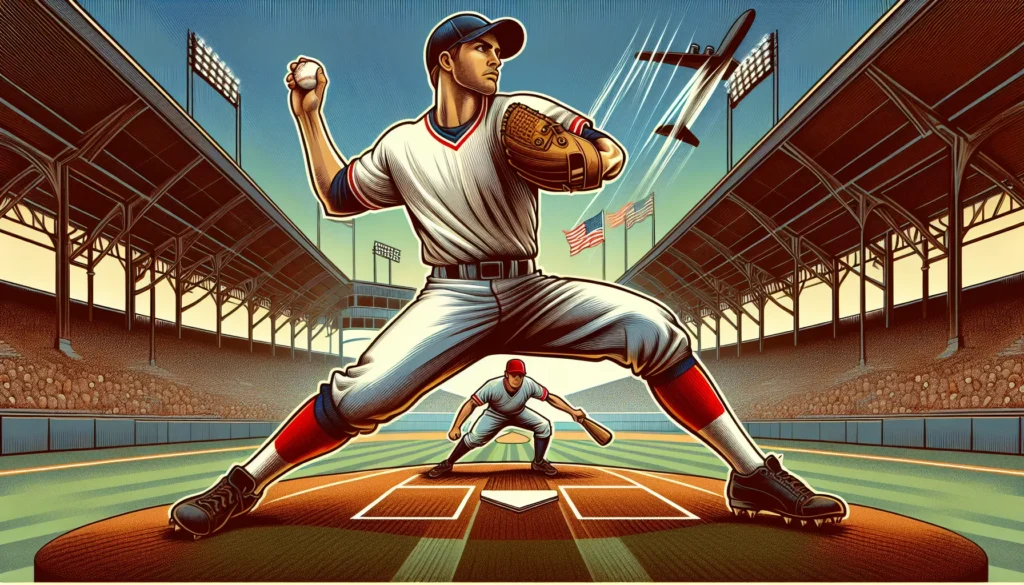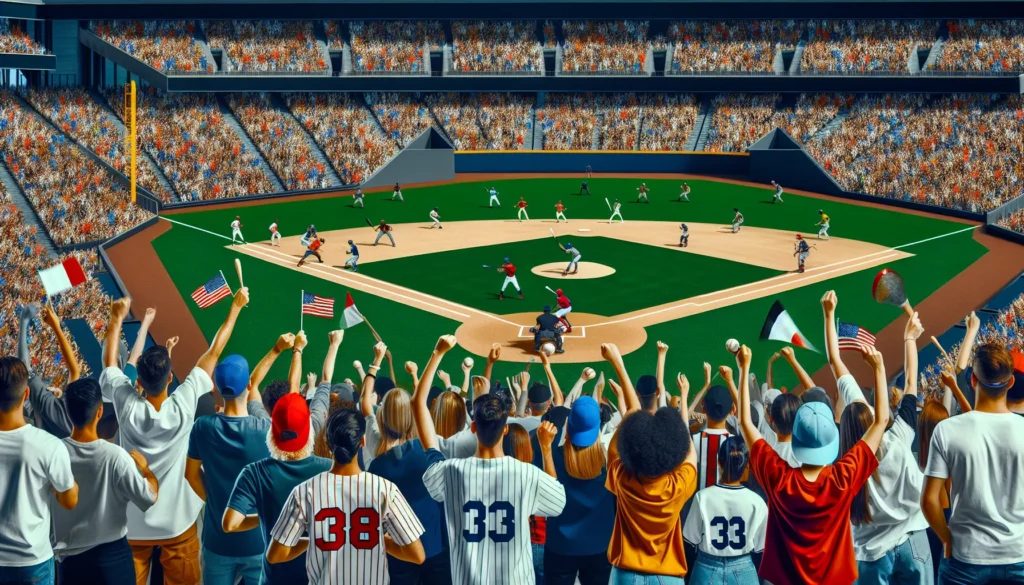
When you think of cricket and baseball, they might seem like distant cousins in the world of sports. Both involve bats, balls, and a team-based setup, but their rules, gameplay, and origins set them apart. If you’ve ever wondered whether these two sports share more than just surface-level similarities, you’re not alone.
Cricket, with its rich history rooted in England, and baseball, a quintessential American pastime, have captivated fans worldwide. While they may appear similar at first glance, their strategies, field dynamics, and cultural significance tell a different story. Understanding these differences and overlaps can help you appreciate each sport even more.
Overview Of Cricket And Baseball
Cricket and baseball are team sports involving bats, balls, and player coordination. Despite their shared equipment, their gameplay and rules differ significantly.
Basics Of Cricket
Cricket features two teams of 11 players each. Matches occur on a circular field with a rectangular pitch at the center. The primary goal is accumulating runs while protecting the wickets, which consist of three stumps topped with bails. A bowler delivers the ball, aiming to dismiss the batter by hitting the stumps, causing a player to get caught out, or prompting a leg-before-wicket (LBW) decision.
Runs are scored by hitting the ball and running between the wickets or striking boundaries. Formats include Test matches (up to five days), One-Day Internationals (50 overs per side), and T20 matches (20 overs per side). Cricket originates from England and holds cultural importance in countries like India, Australia, and South Africa.
Basics Of Baseball
Baseball involves two teams of nine players each. Games are played on a diamond-shaped field with four bases. The pitcher throws the ball to the batter, who aims to hit it and reach bases to score runs. The defense tries to get outs through strikes, catches, or tagging runners before they reach a base.
A complete game consists of nine innings, with each team alternating between batting and fielding. Runs are earned by completing a circuit around all four bases. Popularized in the United States, baseball resonates strongly in countries like Japan, South Korea, and the Dominican Republic.
Comparing Game Structures

Cricket and baseball may seem similar at first glance, but their game structures reveal key differences. These distinctions shape how each sport is played and experienced.
Field Dimensions
Cricket is played on a circular or oval-shaped field, with a rectangular 22-yard pitch in the center. The boundary varies but typically spans between 136-150 meters in diameter. Baseball fields, by contrast, have a diamond configuration with a fixed infield and varying outfield sizes. Major League Baseball fields, for example, measure 90 feet between bases and specific outfield dimensions depending on the stadium’s design.
Team Composition
Cricket teams consist of 11 players, covering roles such as batsmen, bowlers, and fielders. These roles often overlap, with versatile players contributing in multiple areas. In baseball, teams have nine players, each designated to specific positions like pitcher, catcher, and outfielders. Baseball’s specialized roles mean players focus on specific tasks, unlike the multifunctional approach seen in cricket.
Equipment Used
Cricket uses a flat, blade-shaped wooden bat and a hard leather ball weighing approximately 5.5-5.75 ounces. The players wear protective gear like helmets, pads, and gloves. Baseball’s bat is round and tapered, typically made of wood or metal, and the ball is slightly smaller at around 5 ounces. Baseball players wear mitts for catching, along with batting helmets for safety.
Rules And Gameplay Differences

Cricket and baseball differ significantly in their rules and gameplay, shaping how each sport unfolds on the field. These distinctions highlight the unique challenges and strategies involved.
Scoring Methods
In cricket, runs are scored when batsmen hit the ball and run between wickets, or when the ball crosses the boundary for four or six runs. Extras, like wides or no-balls, also contribute to the score. Batsmen remain at the crease until they’re dismissed. The team with the highest cumulative score at the end of their innings wins.
In baseball, runs are scored when a batter successfully advances around four bases and reaches home plate. Hits, walks, and errors allow runners to progress. After three outs, teams switch roles, and the team with the most runs after nine innings wins, or extra innings are played to break ties.
Game Duration
Cricket games vary in duration based on the format. Test matches last up to five days, One-Day Internationals (ODIs) span approximately eight hours, and T20s conclude in around three hours. Each format has predetermined overs or innings, affecting game length.
Baseball has a set structure of nine innings, with no time limit. Most games last about three hours, but extra innings extend play until a winner emerges. The absence of fixed time adds an unpredictable element to the duration.
Pitching Vs. Bowling
Cricket bowling involves delivering the ball overhand with a straight arm. Bowlers aim to dismiss batsmen by hitting the stumps, inducing catches, or restricting runs. Variations like swing, spin, and seam bowling provide tactical depth.
In baseball, pitchers throw the ball underhand or overhand, targeting the strike zone to challenge batters. Fastballs, sliders, and curveballs are common pitches used to induce strikes or prevent hits. The mound’s elevation and distance from the plate create a unique dynamic.
Cultural Significance And Popularity

Cricket and baseball hold immense cultural significance in their respective regions. Both sports have passionate fan bases and strong ties to national identities, yet their global reach differs.
Cricket’s Global Influence
Cricket enjoys widespread popularity in South Asia, the United Kingdom, Australia, and the Caribbean. It is a unifying factor across countries like India, Pakistan, and Sri Lanka, where international matches command massive viewership and generate unbridled enthusiasm. Established tournaments like the Cricket World Cup and the Indian Premier League (IPL) garner global audiences in the billions. The sport’s colonial roots facilitated its spread to multiple continents, embedding it in various cultural identities beyond its birthplace in England.
Baseball’s Dominance In Specific Regions
Baseball has a stronghold in North America, East Asia, and parts of Latin America. It’s deeply woven into American culture, symbolizing pastimes tied to national pride since the late 19th century. Major League Baseball (MLB) dominates the sport’s landscape, drawing millions of fans annually. Outside the US, countries like Japan, Cuba, and the Dominican Republic have embraced baseball, with their own leagues and traditions contributing to its success. Despite its regional dominance, baseball’s international popularity remains more localized compared to cricket.
Similarities Between Cricket And Baseball
Cricket and baseball share common elements stemming from their bat-and-ball gameplay, strategic teamwork, and the versatility of required skills. Both sports rely on coordination, precision, and situational awareness to succeed.
Strategy And Teamwork
Both sports depend heavily on strategy and team coordination. In cricket, captains strategically place fielders, choose bowlers, and determine batting orders based on game conditions. Similarly, in baseball, managers rotate pitchers, set defensive alignments, and designate batting lineups according to player performance and opposition tactics. Both games emphasize split-second decision-making, especially in fielding plays, run-outs in cricket, and double plays in baseball.
Teamwork is integral in scoring and fielding. Cricket requires synchronized efforts between batsmen to run effectively and between bowlers and fielders to take wickets. In baseball, players coordinate during base running, execute plays like stealing bases, and field balls to secure outs.
Skills Required
Cricket and baseball demand a mix of physical and technical skills. Both batters and bowlers or pitchers need precise hand-eye coordination to connect with, or deliver, the ball effectively. Fielders in both sports must exhibit agility to catch, stop, and throw with accuracy under pressure.
Endurance plays a critical role due to the extended duration of matches. Cricket, especially in formats like Tests, requires players to remain focused for hours or even days. Similarly, baseball players endure extended periods of gameplay within innings. In both sports, mental resilience and physical adaptability are crucial for maintaining performance through varied match conditions.
Conclusion
Cricket and baseball may share a foundation as bat-and-ball sports, but their unique rules, gameplay, and cultural significance set them apart. Whether you’re drawn to cricket’s strategic depth and global reach or baseball’s fast-paced action and American charm, both sports offer rich experiences for players and fans alike. Exploring their differences and similarities not only enhances your understanding but also deepens your appreciation for the skill and strategy behind each game.
Frequently Asked Questions
What are the main differences between cricket and baseball?
Cricket and baseball differ in field dimensions, team size, rules, and gameplay. Cricket is played on an oval field with 11 players per team, while baseball is on a diamond-shaped field with 9 players. Cricket matches can last from a few hours to five days, whereas baseball games typically last around three hours. Additionally, cricket uses a flat bat and heavier ball, while baseball uses a round bat and lighter ball.
How do cricket and baseball score runs?
In cricket, runs are scored by running between wickets or hitting the ball over the boundary. In baseball, runs are scored when players complete a circuit around four bases after hitting the ball.
How long do cricket and baseball matches last?
Cricket match durations vary by format, ranging from three hours (T20s) to five days (Test matches). Baseball games generally last around three hours but have no fixed time limit.
Where is cricket most popular, and where is baseball more dominant?
Cricket is most popular in South Asia, the UK, Australia, and the Caribbean. Baseball has strongholds in North America, East Asia, and parts of Latin America, making both sports regionally dominant but culturally distinct.
What are the key similarities between cricket and baseball?
Both sports involve bat-and-ball gameplay, teamwork, hand-eye coordination, and strategic decision-making. Players in both cricket and baseball require agility, precision, and the ability to perform under pressure over extended periods.
How do the roles of players differ between cricket and baseball?
Cricket players often take on multiple roles, including batting, bowling, and fielding, while baseball players are typically specialized in specific positions such as pitcher, catcher, or outfielder.
What is the cultural significance of cricket and baseball?
Cricket unites countries like India and Pakistan, with events like the Cricket World Cup drawing billions of viewers. Baseball is deeply tied to American culture and attracts millions of fans through Major League Baseball and other regional leagues.
What type of equipment is unique to cricket and baseball?
Cricket uses a flat bat and a heavier ball, while baseball employs a round bat and a lighter, smaller ball. Protective gear is also different, tailored to each sport’s specific gameplay.
How do pitching in baseball and bowling in cricket differ?
In baseball, pitchers throw within a defined strike zone to challenge batters. In cricket, bowlers deliver the ball overhand using various styles such as spin or pace to outwit batsmen.
Why do cricket matches last longer than baseball games?
Cricket matches involve multiple formats, some spanning several days to allow for strategic play and scoring opportunities. Baseball, being innings-based with defined turn-taking, generally concludes in three hours.
